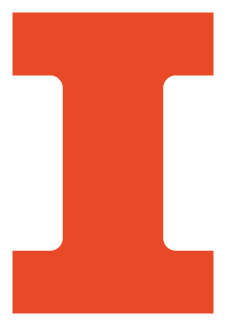Scholarly Citation Styles
Each academic discipline uses a style manual so that bibliographic information is conveyed in a predictable and standardized way. The primary goals of a citation are:
- Locate works that an author referenced
- Ensure material has been cited appropriately
- Give proper credit to the originator of an idea, or the author, i.e., avoid plagiarism
Citations function as a scholarly courtesy, a means of conveying respect for other peoples’ work, and are crucial to prevent intellectual theft.
Always take note of the
- Author(s)
- Date
- Title of article or chapter in an anthology
- Page numbers, (starting and ending, formats vary what numbers they use for a citation)
- Title of journal or book
- Publisher’s location and name (for datasets, use the name of the archive)
- URL and date accessed
- DOI
- Type of resource (needed for some formats, e.g., web page, blog post, video)
Be aware that other information may be needed depending on the citation formatting rules, make sure to ensure access to the source after the initial use. Use of a citation manager, such as Zotero or Mendeley, may provide the means of collecting relevant citation information.
The iSchool does not require a specific manual. However, individual instructors may require a specific style manual for the assignments. Journals, conference submissions, and writing competitions may specify a manual or formatting.
Also, consider the conventions of a discipline in which the work fits or the methodology utilized; choose a style manual accordingly. Since all papers and publications require the use of a style guide, choose one to learn and use consistently.
Publishers typically indicate the style manual and dictionary of reference for submissions, often on a page entitled “Guidelines for Authors.” IEEE provides a manual and indicates that the Chicago Manual of Style should provide any additional direction. The Association for Computing Machinery (ACM) directs authors of submissions to use The Chicago Manual of Style and the Merriam Webster Dictionary, and provides templates for using LaTeX and MS Word, the only two formats they accept. When you’re planning to submit an article, consult the website or an issue of the journal to determine the house style manual and dictionary preference.
The table below indicates various disciplines and the style guide associated with that discipline.
| Chemistry and similar fields | ACS Style Guide (2006), 3rd. ed. | |
| Computer Science and technical fields | IEEE (2017) – use Chicago Manual for guidance on citation not in the IEEE manual | |
| Dissertations, Theses and some Journals | Chicago (2017) – 17th ed., UIUC-online, this manual serves as the basis for Turabian–used in formatting dissertations and theses.
Turabian (2013), 8th ed., a quick guide is available online. |
|
| Humanities | MLA (2016) – 8th ed. | |
| Journalism | Associated Press (AP) Style Book (2017) – 52nd ed. | |
| Law and Legal Documents | Bluebook (2015) (Legal) – 20th ed. | |
| Social Sciences, Behavioral Sciences | APA (2009) – 7th ed., American Psychological Association |

